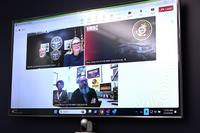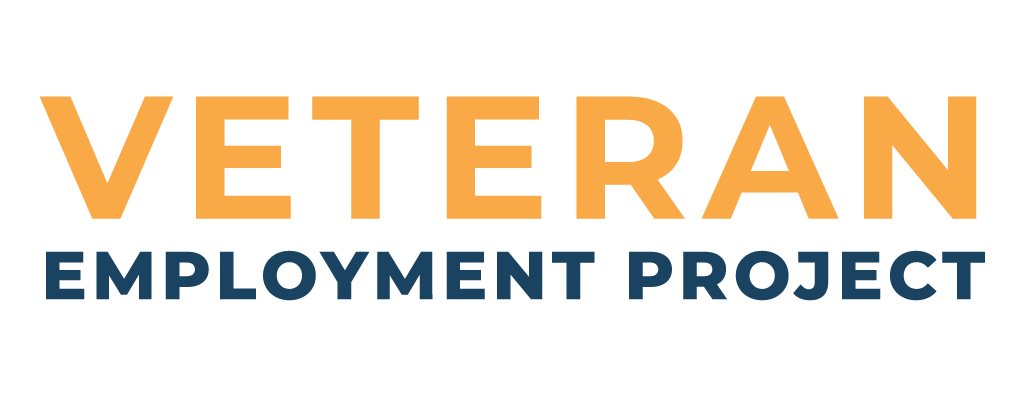LinkedIn is one of the great tools of military transition. It hooks you up with recruiters and hiring managers as well as your past work friends, bosses, mentors, acquaintances, fellow band parents, pickleball partners and gym buddies who are often your best path to employment. But exactly how military members should use LinkedIn is a mystery.
No wonder we get so many questions about LinkedIn at the Veteran Employment Project. We have already helped more than 21,000 transitioning military members, veterans and spouses find their next high-impact job, and we are happy to help you, too. So here is a list of your most asked questions about LinkedIn.
I've been on LinkedIn for months. Why isn't it working?
Surprise, surprise. LinkedIn was not set up to accommodate military members hopping into the candidate pool in the middle of their career. And it was definitely not set up for frequently moving military spouses. The truth is that LinkedIn works differently for veterans than it does for civilians. Check out the five skills every veteran needs to make LinkedIn lead straight to a job.
Do I really need to set up a LinkedIn profile?
At the Transition Assistance Program, instructors want everyone to start a LinkedIn profile and get started right now. Yet they rarely tell you that most recruiters on LinkedIn are searching for college graduates. While skill-based hiring is on the rise for certain roles, four out of five jobs on LinkedIn require a college degree.
The recruiters who are trying to fill jobs that do not require a college degree are not altruists breaking through the paper ceiling for you. Instead, they tend to be those looking for people who have information technology, or IT, skills -- such as enlisted nukes, intel and IT workers.
If you don't have a degree or IT skills, I think your time is better spent increasing your network through programs such as DoD SkillBridge, Workshops for Warriors or Onward to Opportunity.
I've got a picture of myself in uniform as my profile picture. Do I have to change it?
During your military service, it is perfectly appropriate to have your photo in uniform in your profile. It is also appropriate to list your current military job in your tagline. Everything changes when you are 180 days away from your separation or retirement date.
That is the right moment to change your profile picture to one in which you are wearing nothing but business attire and a pleasant expression. It is also the time to change your tagline to reflect what kind of job you want. This moment is a silent announcement to your network that you are definitely getting out of the service, and it should reach out to you today.
Where do I get a professional photo taken?
It is important to signal to hiring managers that you are going to fit in with the team they already hired. Check in your target industry to see what kind of photos most people have on their profile. In the defense industry, aviation and government, very few people have a professional photo.
Go ahead and have your picture taken by a friend or family member. Have it taken on a warm sunny morning when the light is best. Stand in front of a neutral background, smile like you get along with people and take several pictures.
If you need a formal picture, many hiring fairs offer professional photos as a benefit for those who attend in person. You can also grab the photographer's card and schedule a paid sitting for later.
Do I include my military rank in my tagline?
There is no job called sergeant major in the outside world. There isn't a group of jobs reserved for those who were O-5s or O-6s or E-9s. Including rank in your tagline seems like a waste of space to me, even though the rank was seriously hard to get.
Instead, use that space to list your areas of expertise, a desired job title or another search term a recruiter might be using to find someone like you.
Should I list the Navy (Army, Space Force, Air Force, Marine Corps, Coast Guard) as just one employer, or does every duty station count as an employer?
One of the things employers look for is an increasing amount of scope and responsibility in your career history. So list every assignment you had in the military as a different job, even if it was at the same command.
Remember that your employment history can go all the way back to the beginning on LinkedIn. There is no page limit. Find out more about how to properly list all your different jobs in our FREE master class, Checklist Resume.
Do I have to use my current duty station as my location? I don't want to stay here.
Location is always a search term recruiters use, because very few job seekers are willing to relocate. During military transition, list your location as the city you plan to live in when you separate from the military. If you have more than one location in mind, you might have to change it from week to week.
Do I really need this free premium account?
There are so many benefits to job hunters when you register for the free premium account for military and spouses on Linkedin. Premium is like a gym membership; it does not work if you do not use it. Find out all the ways to use LinkedIn to help you identify job leads with our FREE master class, LinkedIn Power.
Why am I not getting any messages from recruiters?
Among veterans, the two problems I see most often are A) a military-specific tagline or B) a too-general tagline that does not pass the Celery Test.
Know that LinkedIn has been optimized for those who are paying the highest cost -- the employers. Recruiters and hiring managers are most often seeking candidates with experience in sales, operations and engineering. Even though employers genuinely want to hire transitioning military members, they don't often search using military terms. Work with a coach or a career counselor to identify some in-demand job titles that you are qualified for now.
Should I accept everyone who asks to be a connection?
The LinkedIn algorithm rewards those who have complete profiles, those who post 1-2 times per week, and those who have a network of 500+ connections. In your military career, you have easily met 500 people. When they pop up asking for a connection, or the LinkedIn app suggests them to you as connections, say yes unless A) you fired them, B) they fired you or C) you dated their mom, and it did not go well.
Also, say yes to recruiters who reach out -- especially those who have a veteran hiring program. Even if a specific recruiter does not have a job for you, they are connected to so many other recruiters in their own network who probably have something for you.
If you are a transitioning military member, veteran or spouse, connect with me on LinkedIn right now. I'm always happy to answer your questions about all the interesting aspects of your job hunt.
Find the Right Veteran Job
Whether you want to polish your resume, find veteran job fairs in your area or connect with employers looking to hire veterans, Military.com can help. Subscribe to Military.com to have job postings, guides and advice, and more delivered directly to your inbox.







